The argument
I'm studying software engineering, and I'm on "model driven engineering" course slides.
The main topic of this slides is, obviously, the model.
the definition for the general concept of a model is:
A model is an abstract representation of a system, which represents it from certain point of view
then continues defining the meta-model concept:
A meta-model is a model used for build and understand a model. every model must conform to a meta-model
my course slides make the example of map of subway (model) and it legend (meta-model)
ok, so far so good.
Then it doesn't stop and continue with meta-metamodel definition
a meta-metamodel is a model used for build and understand meta-model. every meta-model must conform to meta-metamodel.
The doubt
Now I'm thinking about what a designer do in an analysis of a generic problem.
example
pick the problem of maintaining the information of a zoo in which there are:
- Animal
- Cage (in which are stored animal)
- Workers(that feed animal)
Now, in my mind a model of this "domain" is:

and a meta-model of this model is:

ok, now who/what is the meta-metamodel?